Hispanic Tennessee
Evidence of diversity emerging in Northeast Tennessee, historically one of the United States’ most conservative, homogeneous regions.
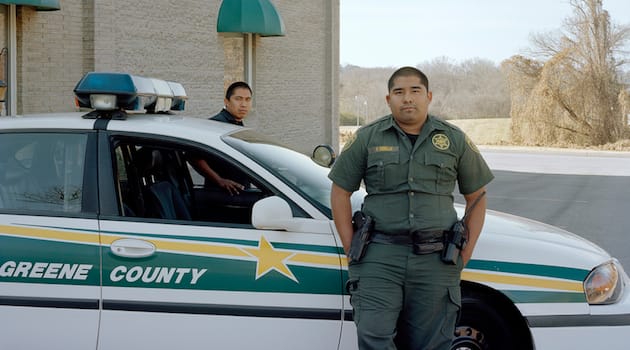
Interview by Karolle Rabarison
The Morning News: Walk us through your process for “Hispanic Appalachia.” How did you decide where to point the camera?
Megan King: I was studying both photography and Spanish, and it seemed like the perfect way to combine the two degrees. Because I was studying Spanish, I was often volunteering with community events geared towards Latinos in the Johnson City area. So, the connections were already there, and it was something of interest to me. It just made sense.
I picked the people and places to photograph by starting with what I knew but also exploring the options within the subject matter. In many ways, the project directed itself. I found that these families live their lives very similarly to the rest of us, and I think that is what people need to understand. So, my goal is to show this community with a sense of normalcy, without the surrounding of a provocative political rhetoric. Continue reading ↓
Megan King’s series Hispanic Appalachia is on view at Slemp Gallery in Big Stone Gap, Va., until April 10, 2014. All images used with permission, copyright © the artist, all rights reserved.
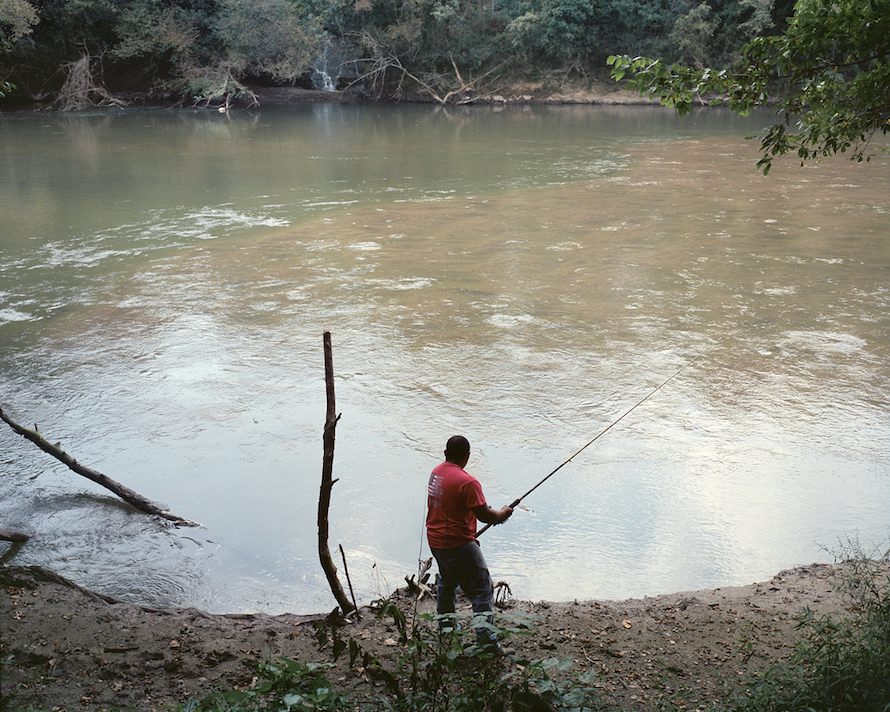
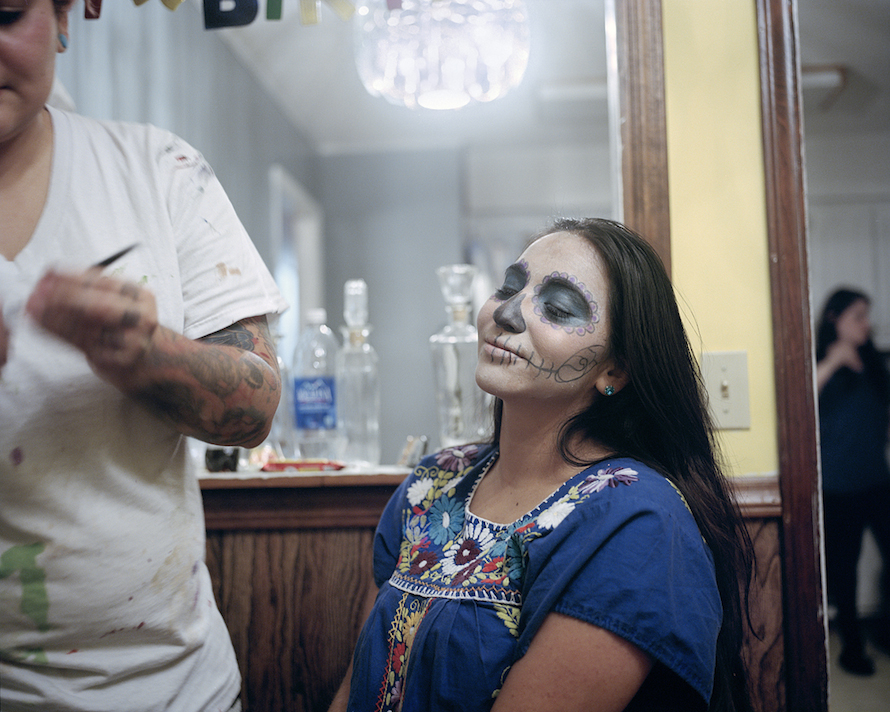
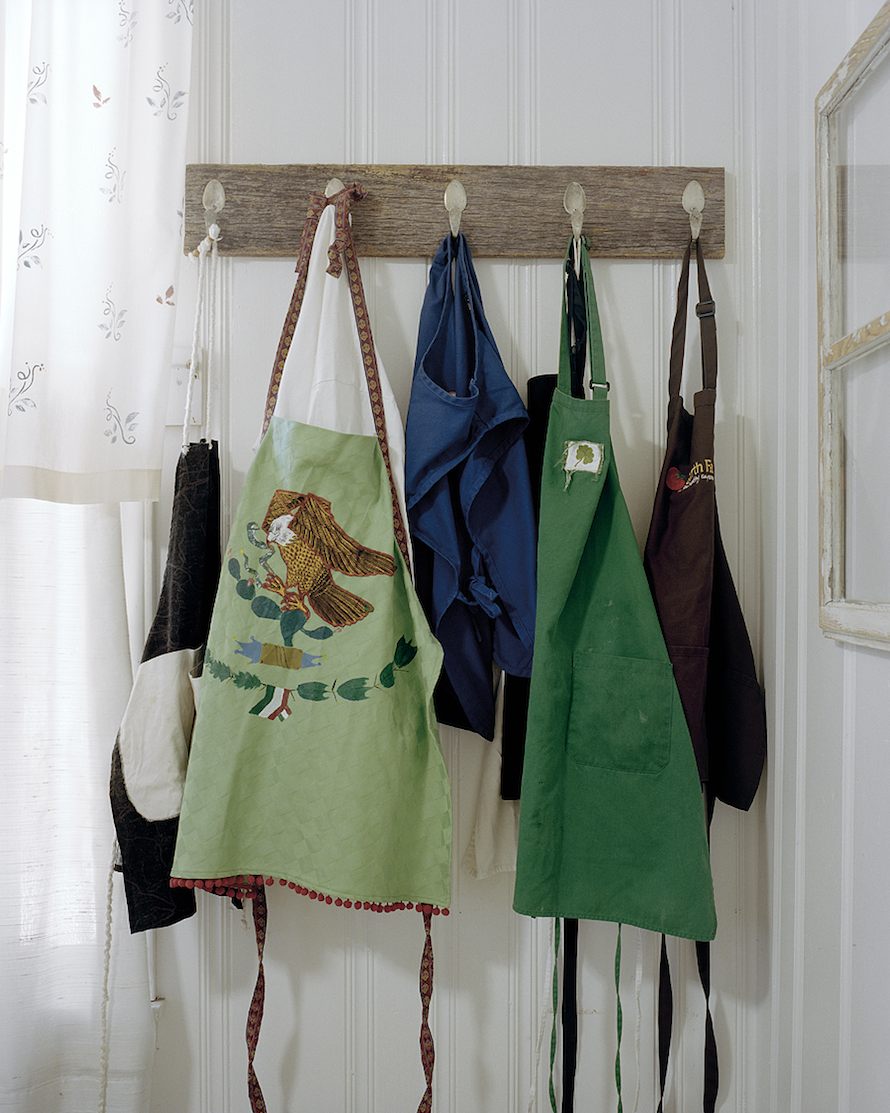
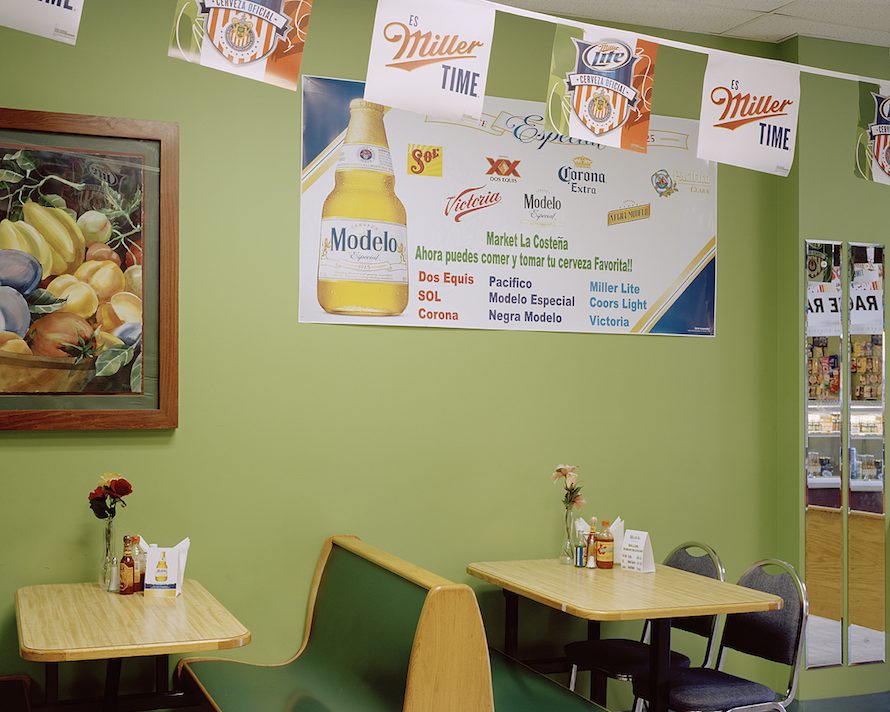
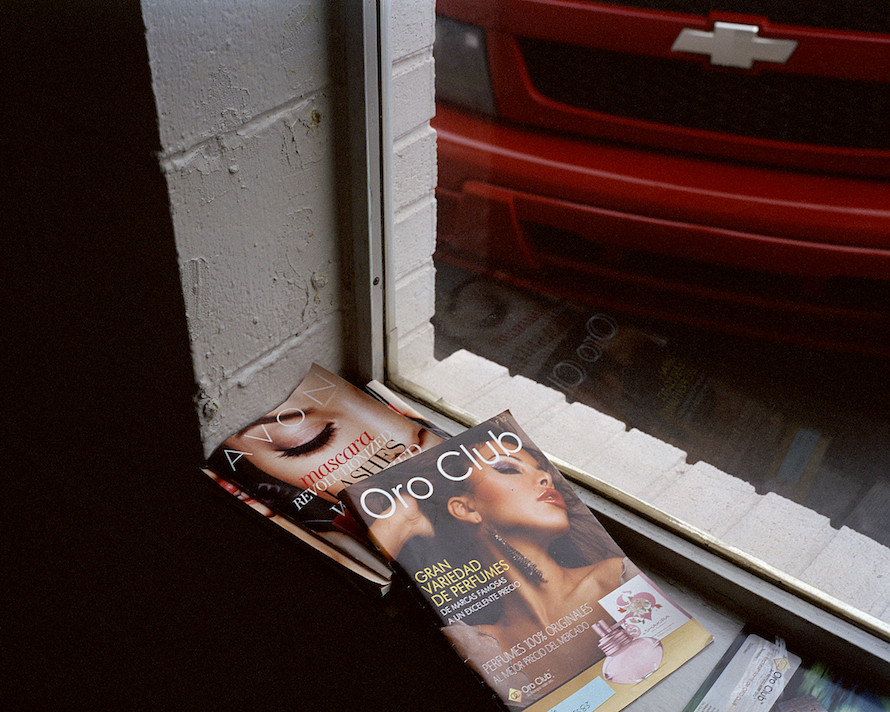
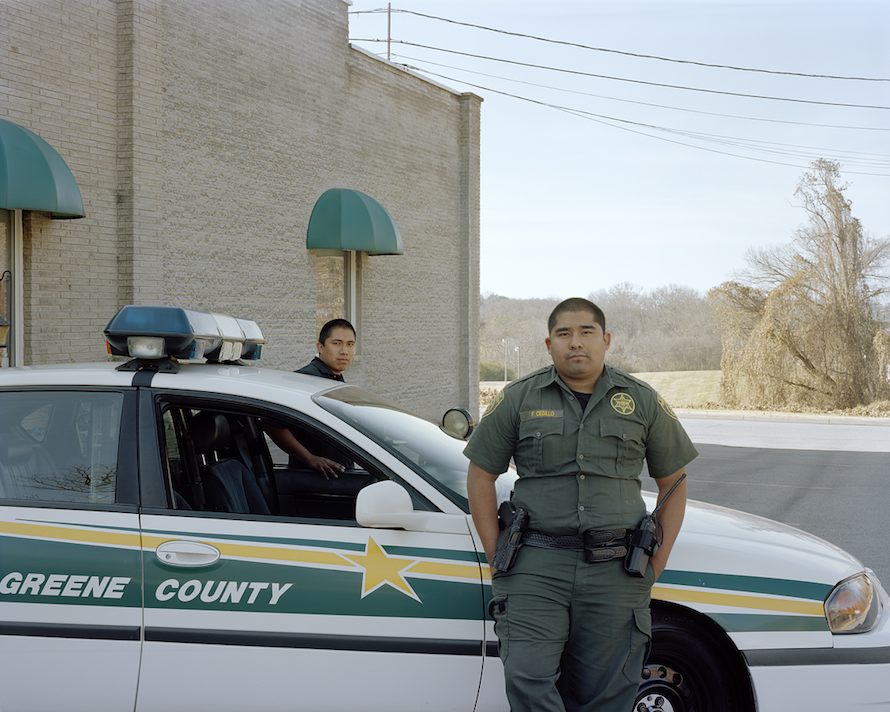
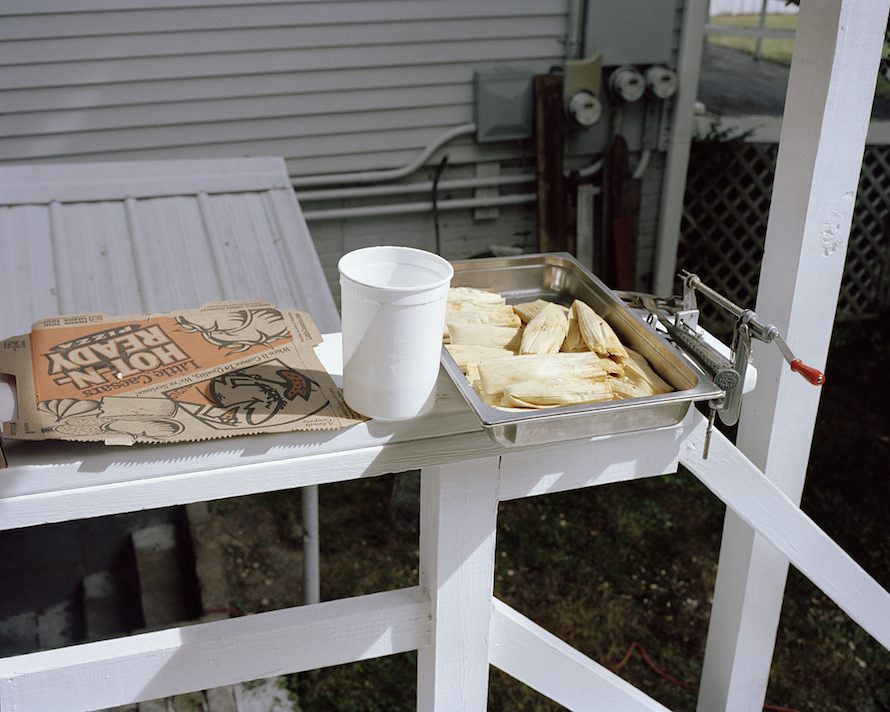
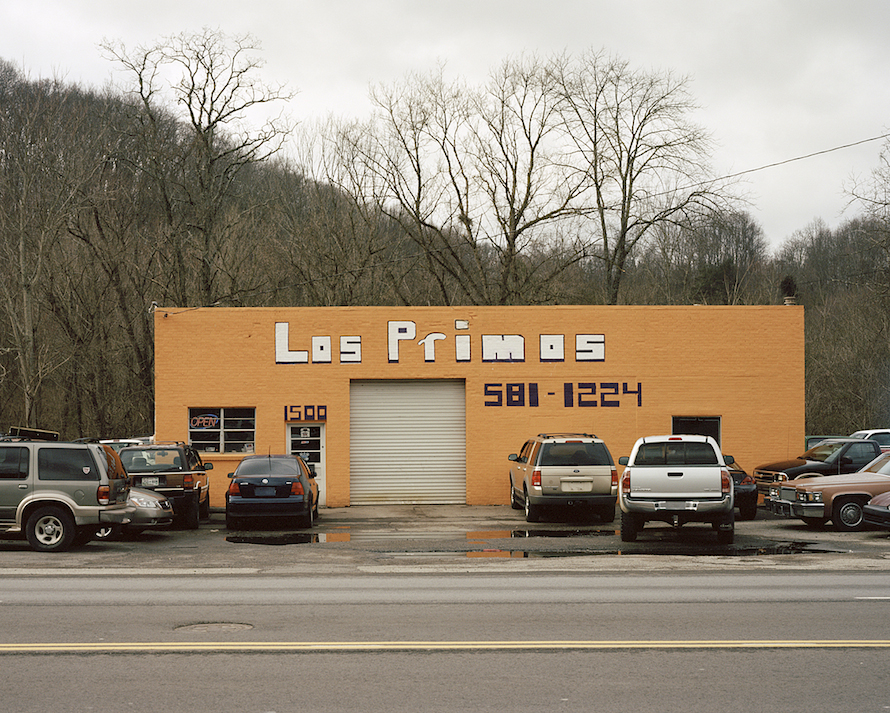
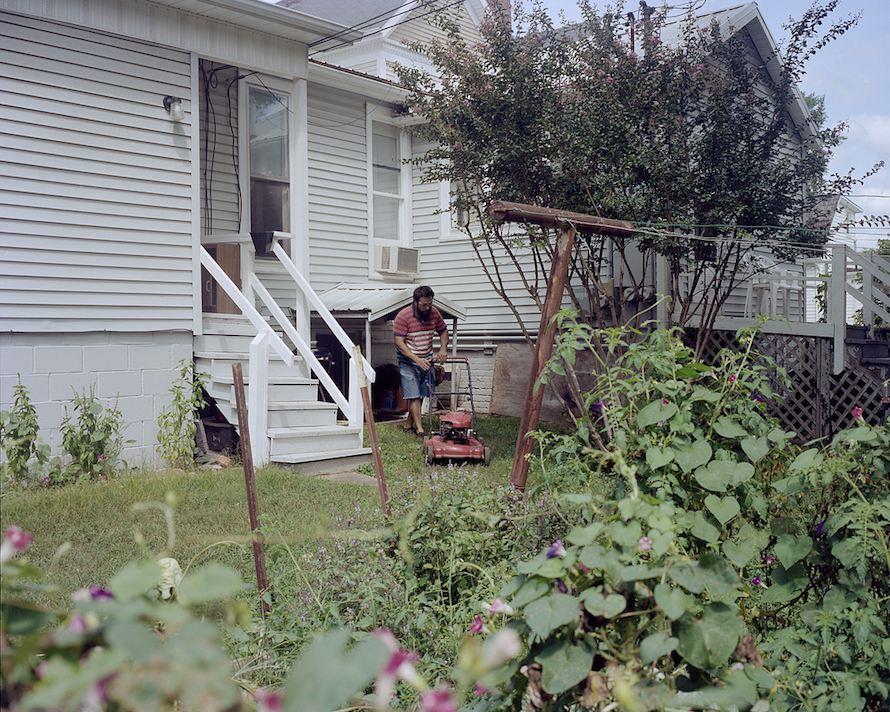
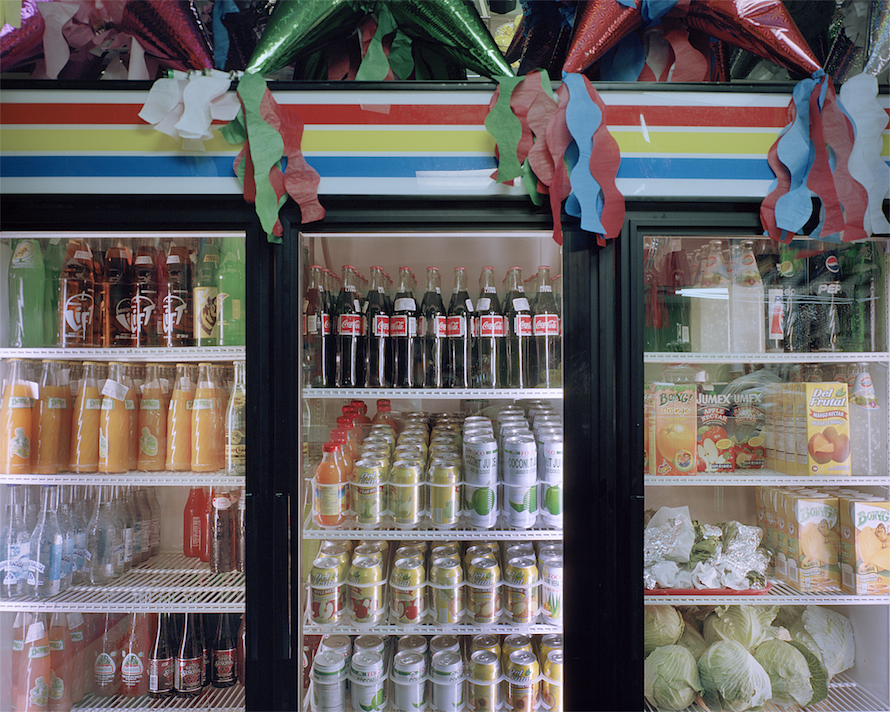
Interview continued
TMN: What is the most challenging part of sharing this community’s story?
MK: In some ways I would say gaining access. But with that said, I’ve seen it more as the community letting me tell their story. The results have often depended on their willingness. Some stories are much easier to tell than others.
TMN: What surprised you while working on this series?
MK: Probably what surprises most people who look at this work, which is how much of a presence the Hispanic community has in Northeast Tennessee, and how it still goes unnoticed. For a long time the common media portrayal of Hispanic communities, in East Tennessee especially, was that of migrant workers, who still exist here, but there is an increasing amount of settled families now. That is what this project is about in many ways. These are people who live and work here and are becoming an integral part of Southern Appalachia.
The day I was making the image of Frank and Eddie, the story goes that a call came in to the station—which we were in front of—from someone driving by, reporting that there were two Mexicans trying to steal a cop car. How they missed the girl with the 4x5 camera and dark cloth, I’ll never understand.
TMN: How do you spend your Sundays?
MK: Ideally, relaxing and drinking coffee… but realistically, I spend them catching up and getting things done for the week ahead. And drinking coffee.
TMN: Any photographers documenting the Appalachian region whose work you find particularly inspiring?
MK: Yes and no? I’ve mostly been working on Hispanic Appalachia recently, and the photographers I primarily look at for inspiration are not working in Appalachia. That is not to say there is not inspiring work being made in Appalachia though. Currently I’m pretty interested in a new project that Roger May is starting. He designed and is curating a project looking at the Appalachian region 50 years after the war on poverty.
TMN: What are you working on now?
MK: I am continuing work on “Hispanic Appalachia” as well as a couple other projects. I’m also starting a project on a small town in East Tennessee soon.
